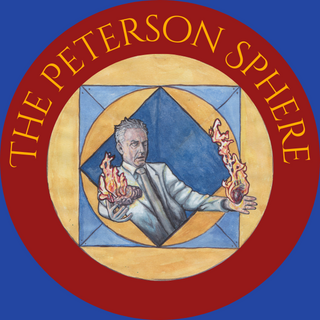Symbol of Purity, Power, and Divine Allegory
In medieval Christian thought, the unicorn was far more than a mythical beast—it was a richly layered symbol of purity, spiritual strength, and divine mystery. Revered in religious texts, scientific treatises, and artistic traditions, the unicorn emerged as a figure that bridged natural philosophy, theology, and moral allegory.
Saint Hildegard of Bingen: The Unicorn as Spiritual Healer
“The unicorn is strong and powerful. It draws upon the juice of paradise found in special herbs to renew its strength.”
– Physica, Saint Hildegard of Bingen
In Physica, Hildegard of Bingen presents the unicorn not only as a physical marvel but a creature with sacred faculties. She describes its connection to “paradise juice,” a mystical essence absorbed from blessed herbs, suggesting a deep link between the unicorn and divine healing.
The unicorn’s horn, believed to cleanse toxins and purify water, mirrors Christ-like traits. Hildegard’s portrayal transcends folklore, situating the unicorn as a holy agent in God’s natural order.
The Natural History of Unicorns: From Myth to Christian Allegory
“The unicorn traveled from Persian hunting fields to Christian cathedrals, shedding its skin of biology and donning the robe of symbol.”
– Chris Lavers, The Natural History of Unicorns
Chris Lavers charts the unicorn’s transformation from ancient myth to Christian metaphor. As the unicorn entered European bestiaries, it became more than exotic—it became emblematic of the Incarnation. The virgin taming the unicorn echoed Mary and Christ, creating a powerful religious parallel.
Lavers also emphasizes how physical attributes—like the solitary horn or wild temperament—were reinterpreted to serve moral and spiritual narratives rather than scientific observation.
Albertus Magnus: A Scholarly Perspective on Sacred Beasts
Saint Albert the Great (Albertus Magnus) treated the unicorn seriously in his zoological writings, viewing it as part of God’s diverse creation. Though his accounts are grounded in scholastic method, he never discounted symbolic truths.
“All creatures, even those unseen or unproven, are made by God for a reason, known or hidden.”
– Attributed to Albertus Magnus
The unicorn’s legendary horn—thought to cure disease and detect poison—reflected Albert’s vision of a natural world saturated with divine purpose. For him, even mythic creatures held theological value.
Edward Topsell’s Bestiary: The Moral Lens of the Unicorn
In The History of Four-footed Beasts and Serpents, Edward Topsell carried forward medieval unicorn lore into the Renaissance. His unicorn appears amid lions, dragons, and serpents, blending zoology with moral instruction.
“The unicorn may only be captured by a virgin, for its heart is drawn to incorrupt purity.”
– Edward Topsell
Topsell preserved the traditional Christian symbolism: the unicorn as Christ, the virgin as Mary, and the act of capture as the Incarnation. His lavish illustrations reinforced the creature’s dual role as both beast and moral compass.
The Unicorn’s Legacy in Christian Thought
More than a fable, the unicorn was a moral and theological emblem within medieval Christianity. It embodied purity, divine mystery, and the hope of transcendence. Through the writings of Hildegard, Albertus, and Topsell, and as explored by modern scholars like Chris Lavers, the unicorn remains a lens through which we can view the medieval imagination’s intersection of faith, nature, and myth.

